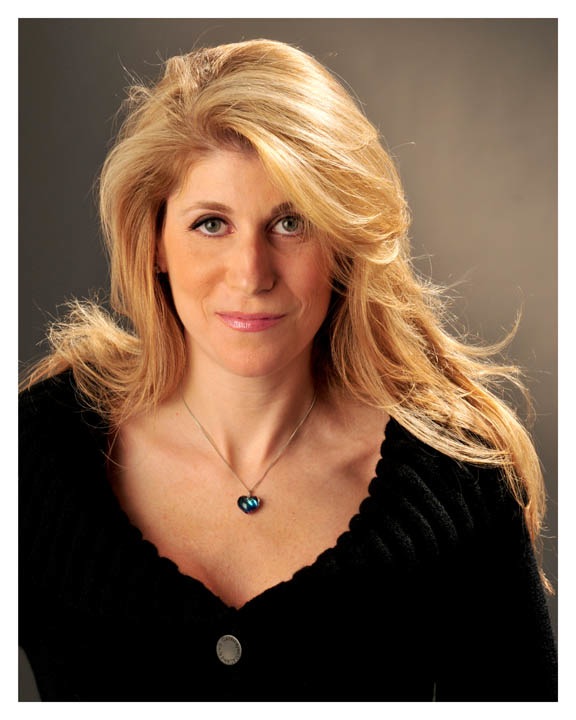What to Do When You Have Nonalcoholic Fatty Liver Disease
Nonalcoholic Fatty Liver Disease (NAFLD) is a very common condition in the United States affecting over 3 million Americans a year. It is the buildup of fat in the liver, not caused by alcohol consumption. Although the cause is unknown, risk factors include obesity, type 2 diabetes, elevated cholesterol and gastric bypass surgery. Maintaining a healthy weight, eating a balanced diet and being physically active can reduce your risk of developing NAFLD. If you have been diagnosed, There are no specific medications for treatment, but there are things you can do.
- Pay attention to the fats you consume: Reduce saturated fats-found in meat, chicken skin, butter, and full fat dairy. No more than 10% of total fat (goal less than 7%) should be saturated. Remove trans fat from your diet. They are strongly related to inflammation, elevated triglycerides and cholesterol. Look for hydrogenated or partially hydrogenated oils on a label. Even if the label says trans fat free, if these oils are listed in the ingredients, the product has trans fat. Increase polyunsaturated fats-Omega 3 fatty acids, nuts, seeds and oils and monounsaturated fats (32 grams a day)-olive oil. Keep total fat to no more than 25%-35% total calories. The Mediterranean diet has been shown to be beneficial for NAFLD. Include only healthy fats in your diet.
- Reduce simple carbohydrate intake. Simple carbs and sugar increase triglyceride levels and increase insulin circulation. Choose more complex carbs and avoid white foods such as white sugar, flour, rice and pasta. Increase vegetables, fruits and whole grains.
- Avoid high fructose corn syrup (HFCS). Studies have shown that fructose can predispose someone to fatty liver. Pay attention to food labels and avoid sugary soda/beverages and sweets. HFCS is found in many foods such as ketchup, peanut butter and baked goods.
- Reduce alcohol consumption. Men should have no more than 2 alcoholic beverages a day and women should not consume more than 1 alcoholic beverage a day.
- Increase physical activity. This improves insulin sensitivity, reduces risk of diabetes, assist in weight management and improves lipid profiles. The recommendations are to exercise 150 minutes per week moderately or 75 minutes a week at a vigorous intensity. You should also incorporate 2 or more days a week of resistance training.
- Maintain a healthy weight. A loss of 10% total body weight can help improve NAFLD. Caloric restriction of 1200-1500 calories a day is recommended.
- Consider supplementation. Although further studies are necessary, certain supplements have been shown to be helpful in treating NAFLD. Vitamin E-300-800IU. Do not take high doses of this supplement. Vitamin D, Omega 3 fatty acid and probiotics.
NAFLD does not always present with symptoms. It is important to talk to your doctor and an RD if you have been diagnosed with NAFLD. Lifestyle and behavior modification are the keys to treating this condition. Get to a healthy weight, pay attention to the foods you consume and move your body. You can do it!
Arctic Char on a Bed of Kale
From: EatingWell Magazine, September/October 2009
Arctic char, related to salmon and trout, is sustainably farmed, making it a “best choice” for the environment. It has a mild flavor and cooks up quickly. We like the taste and texture of lacinato (aka dinosaur) kale in this dish. Serve with mashed potatoes.
By: EatingWell Test Kitchen
Ingredients 4 servings
- ¼ teaspoon salt
- 1 tablespoon extra-virgin olive oil
- 1 large shallot, thinly sliced
- 1 cup reduced-sodium chicken broth
- ¼ cup water
- 1-1½ pounds kale, tough stems removed, coarsely chopped (14-16 cups)
- 1 pound skinned arctic char or salmon fillet, cut into 4 portions
- ¼ teaspoon freshly ground pepper
- ¼ cup reduced-fat sour cream
- 2 teaspoons prepared horseradish
- 1 tablespoon chopped fresh dill, or 1 teaspoon dried
- 4 lemon wedges for garnish
Preparation
-
- Active 30 m
- Ready In 30 m
- Heat oil in a large skillet over medium heat. Cook shallot, stirring, until beginning to soften, about 2 minutes. Add broth, water and half the kale; cook, stirring, until slightly wilted, about 1 minute. Add the remaining kale and cook until tender, about 8 minutes.
- Sprinkle fish with salt and pepper and place on the kale. Cover and cook until the fish is just cooked through, 5 to 7 minutes.
- Meanwhile, combine sour cream, horseradish and dill in a bowl. Serve the fish and kale with the sauce and lemon wedges.
Nutrition information
- Per serving: 334 calories; 16 g fat(3 g sat); 4 g fiber; 12 g carbohydrates; 37 g protein; 185 mcg folate; 90 mg cholesterol; 3 g sugars; 0 g added sugars; 11,557 IU vitamin A; 138 mg vitamin C; 254 mg calcium; 4 mg iron; 428 mg sodium; 1,186 mg potassium
- Nutrition Bonus: Vitamin A (231% daily value), Vitamin C (230% dv), Folate (46% dv), Calcium (25% dv), Iron (22% dv)
- Carbohydrate Servings: 1
- Exchanges: 2 vegetable, 4 lean meat, 1 fat




